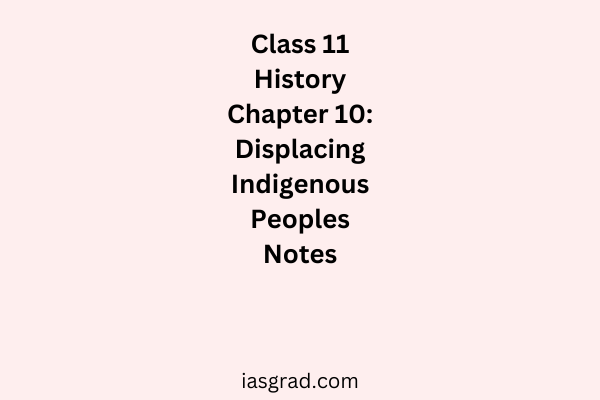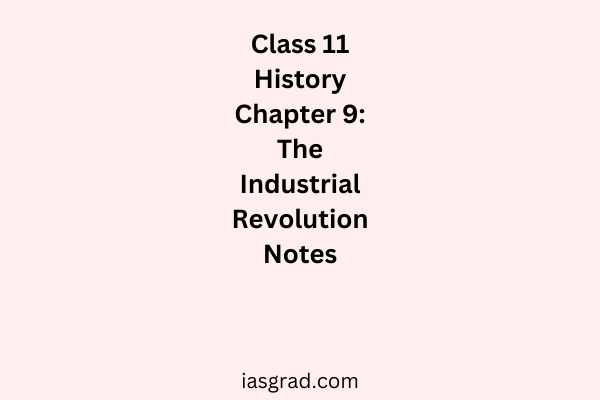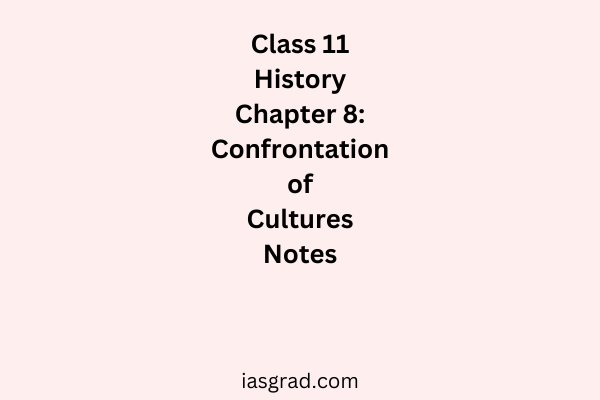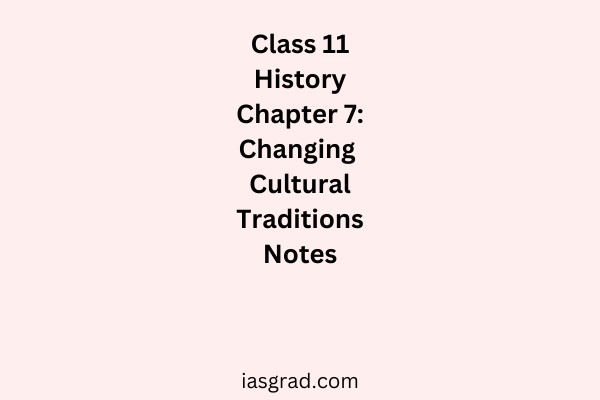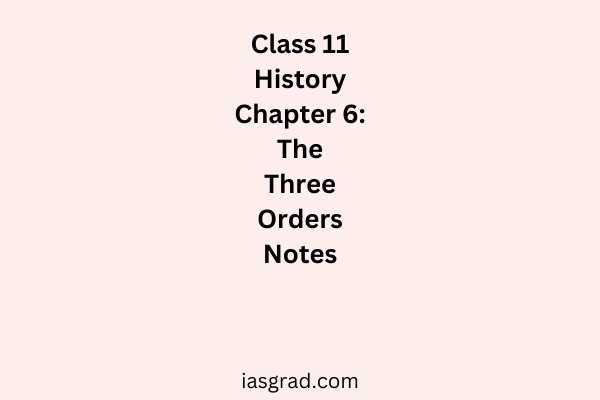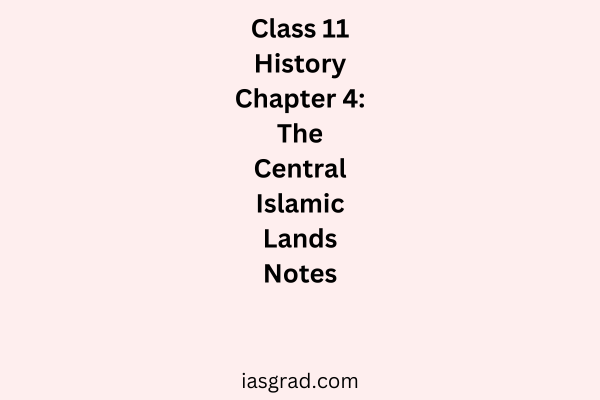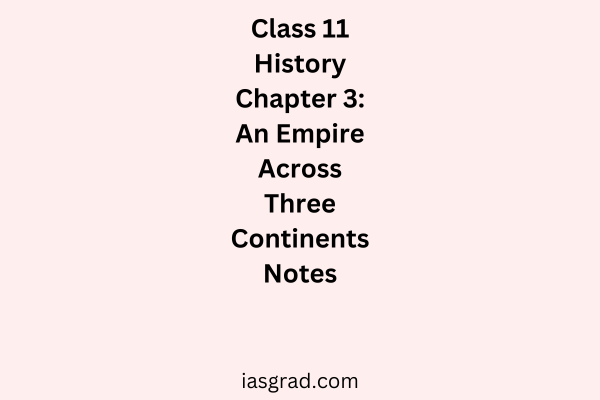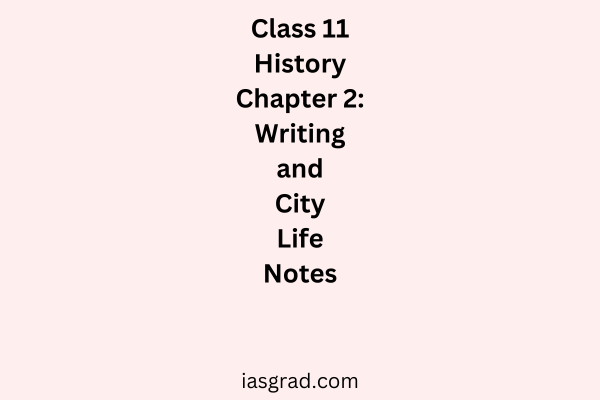Class 11 History Chapter 11: Paths to Modernization Notes
Class 11 History Chapter 11: Paths to Modernization Notes As Western powers expanded in the 19th and 20th centuries, Japan and China faced significant challenges in maintaining their sovereignty while modernizing. This chapter explores how Japan’s Meiji Restoration (1868) led to rapid industrialization, military expansion, and modernization, transforming it into a global power. Meanwhile, China’s […]
Class 11 History Chapter 11: Paths to Modernization Notes Read More »

